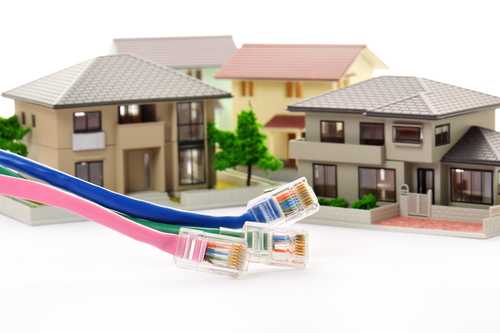Digital equity remains a troubling issue with far-reaching consequences
 Digital learning is reaching a tipping point.
Digital learning is reaching a tipping point.
Thanks to E-rate, as well as other state and local policy efforts, the education community has largely achieved the original 1997 goal of connecting every classroom to the internet. Even better, last year’s 60-percent increase ($1.5 billion more annually) in E-rate funding means that over the next few years, classroom connections will be broadband with robust wi-fi – an essential requirement for 21st century learning.
Ensuring every student and teacher has a learning device remains a challenge, but lower cost and increased availability by school or by family would reduce it moving forward. This is positive news for building the infrastructure for digital learning.
Crossroads
Despite this progress, we are at a crossroads. Digital equity increasingly requires that all students have broadband access when they leave the school campus, especially at home. Yet, many low-income families lack broadband access at home.
In most school systems, education technology leaders have focused time, energy and funding on at-school access. While that has been critical, the focus must expand in this era of digital learning. According to our 2014 CoSN Infrastructure Survey, 82 percent of school district technology leaders report that they do not have strategies to address off-campus access. Only a handful of school systems offer off-campus internet connectivity programs such as free or subsidized home access for low-income students. A top priority should be making community and business wi-fi hotspots available for students and deploying district-owned personal hotspots.
The new civil right
Why should digital equity be a key concern for educators?
Over 70 percent of teachers revealed they require internet for doing homework. Do your students have access to the necessary technology and bandwidth after school to complete digital homework assignments? Unfortunately, for too many students and families, the answer is “no.” This has created the “homework gap.”
Educators also must consider parents and their ability to connect digitally with teachers, administrators or the school website. As one school administrator said to me, “Increasingly, all our communications to parents are digitally delivered.”
What does that mean for the parents or guardians who lack access?
Statistics tell a troubling story.
- Over 50 percent of educators in low-income districts reported that limited at-home technology access has prohibited the advancement and implementation of digital learning initiatives.
- A new analysis by Pew projects 5 million U.S. households with school-age children do not have high-speed Internet service.
- S. Census data show that the lowest-income households, especially among Blacks and Hispanics, have the lowest home broadband subscription rates. Roughly one-third of households whose incomes fall below $50,000 and with children ages 6 to 17 do not have a high-speed Internet connection.
- According to the bureau’s American Community Survey, low-income families (with incomes below $50,000) comprise 40 percent of all families with school-age children in the United States. This challenge is particularly true in rural and remote communities.
Strategies for addressing
Digital equity is a community challenge, not solely an educational concern. It is a conversation that should involve several local partners, including mayors, chambers of commerce, community foundations, and other government and nonprofit entities dedicated to solving social problems. At CoSN, we remain dedicated to ensuring that equitable access to technology happens at school and is part of an “anytime/anywhere” vision of learning.
Our communities will miss a critical opportunity if the digital inequities persist beyond the schoolhouse door. We risk leaving behind children living in our most impoverished and remote neighborhoods. Without thoughtful and intentional strategies and policies, the inequities will only grow as digital learning expands.
Digital equity is today’s equal educational opportunity. Address this challenge and support students and families in your community at this incredible tipping point in education.
Keith Krueger is CEO of the Consortium for School Networking.
- TC- What student choice and agency actually looks like - November 15, 2016
- What student choice and agency actually looks like - November 14, 2016
- App of the Week: Science sensor meets your smartphone - November 14, 2016


